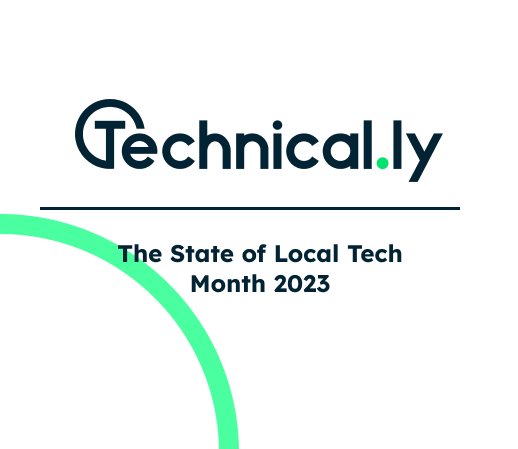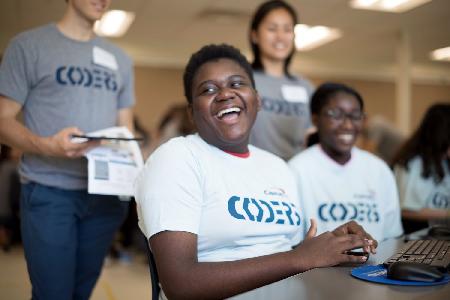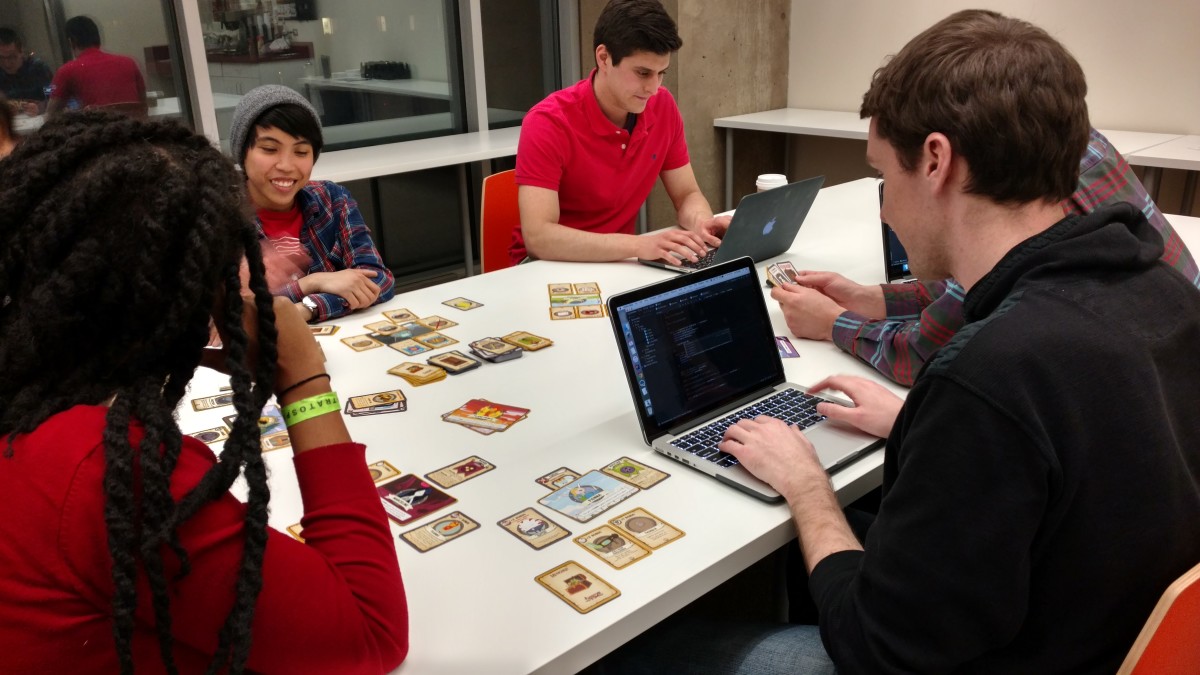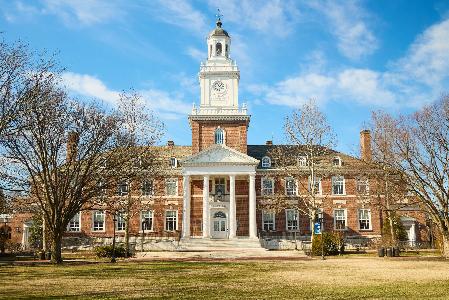If a tree falls in a forest and no one is around to hear it, does it make a sound? Similarly, if a digital campaign launches on the internet to raise awareness about affordable internet and 40% of households in that city lack wireline internet access, will those households be able to see the campaign and learn about their eligibility?
The second of these questions was tested Thursday as Mayor Brandon Scott’s administration announced the Bmore Connected campaign, a new multi-partner initiative through the Baltimore City Office of Information and Technology (BCIT) that aims to address the digital divide while providing key assistance to disconnected Balitimoreans.
In 2021, Baltimore City and key partners committed $35 million in American Rescue Plan Act (ARPA) funds toward its goal of ending the digital divide by 2030. Since that commitment, new funds and campaigns like Bmore Connected have been announced with plans to increase awareness of a federal benefit enabling access to affordable home internet.
Abell Foundation, a partner in the aforementioned Bmore Connected campaign, previously reported that 40% of Baltimore households do not have wireline internet access. Bmore Connected holds the namesake of a map launched in 2013 with the aim to show the locations of homeless shelters, food and emergency service agencies.
“Knowing the available resources to address the digital divide is a crucial step for Baltimore residents,” stated Kenya Asli, Interim Director of BCIT’s Office of Broadband and Digital Equity. “Through Bmore Connected, our aim is to ensure that households are informed about affordable home internet options for school, healthcare, work, and other needs.”
BCIT did not immediately return Technical.ly’s Thursday comment request.
Technical.ly was instead able to reach Anisah Best, a tech entrepreneur and founder of Baltimore Technology Hub, a community-based startup that specializes in providing supportive technology resource services. Best said that whatever the campaign’s rollout entails, any discounted internet offerings should have the adequate speed for residents to actually participate in today’s world.
“I think this new campaign is a step forward in the right direction regarding the city’s digital equity initiative,” Best said. “But the rollout should also ensure that with the discounted internet package, network speeds should be equipped in the package to ensure that in a digital world, even though connected, it should be effective.”
Best, a digital equity advocate, says she’s on the community level and was not in the loop about this initiative. Still, Best hopes that this initiative will significantly benefit students in Baltimore who have pointed out pain points about having access to the internet.
“The package offered to low-income households has low speed and is pretty much useless,” she said. “They should certainly make sure that residents know it’s a resource available like flyers, radio and community info exchanges.”
While some households may have access to cell phones or the internet at schools, rec centers or senior centers, it is important to consider whether there will be an analog component to this campaign accessible to those who fall within the 40% lacking wireline internet access.
In an attempt to assume the possible deficit of not having internet, Technical.ly contacted the FCC and ACP Support Center by calling the 877 number provided in the press release provided to us. The wait time on the call was around five minutes. Technical.ly sought assistance in simulating the application process and we were informed that it would take approximately 10-14 business days to receive a paper application. Furthermore, we were informed that once the application had been securely received and reviewed, notification of eligibility could be conveyed either by traditional mail or email.
Despite steps to attempt to forge ahead and close the digital divide, BCIT’s work has not gone uncontested and has been under some scrutiny since two years have passed since Mayor Scott established an office to close the digital divide with little progress has been tracked by some accounts.
All Baltimore City households who have internet and can see this article (which, of course, lives on line) should visit the Bmore Connected site (see below) to check their eligibility, or call (877) 384-2575 to reach the ACP/FCC support center to retrieve a paper application. Households with internet may also visit EducationSuperHighway’s GetACP pre-enrollment tool site, which allows households to see if they qualify, what documents they will need at the time of application and a list of “free with ACP” home internet plans.
Visit Bmore Connected’s website
Visit Education Super Highway to explore pre-enrollment
This was not the only digital services-related announcement Mayor Scott’s administration announced on Thursday. The city also launched a new dashboard through which residents can track the progress of Mayor Scott’s 90-day spring city service sprint to fill potholes, resurface roads, remove graffiti and target illegal dumping hotspots.

This editorial article is a part of State of Local Tech Month of Technical.ly’s editorial calendar.
Before you go...
Please consider supporting Technical.ly to keep our independent journalism strong. Unlike most business-focused media outlets, we don’t have a paywall. Instead, we count on your personal and organizational support.
3 ways to support our work:- Contribute to the Journalism Fund. Charitable giving ensures our information remains free and accessible for residents to discover workforce programs and entrepreneurship pathways. This includes philanthropic grants and individual tax-deductible donations from readers like you.
- Use our Preferred Partners. Our directory of vetted providers offers high-quality recommendations for services our readers need, and each referral supports our journalism.
- Use our services. If you need entrepreneurs and tech leaders to buy your services, are seeking technologists to hire or want more professionals to know about your ecosystem, Technical.ly has the biggest and most engaged audience in the mid-Atlantic. We help companies tell their stories and answer big questions to meet and serve our community.
Join our growing Slack community
Join 5,000 tech professionals and entrepreneurs in our community Slack today!







